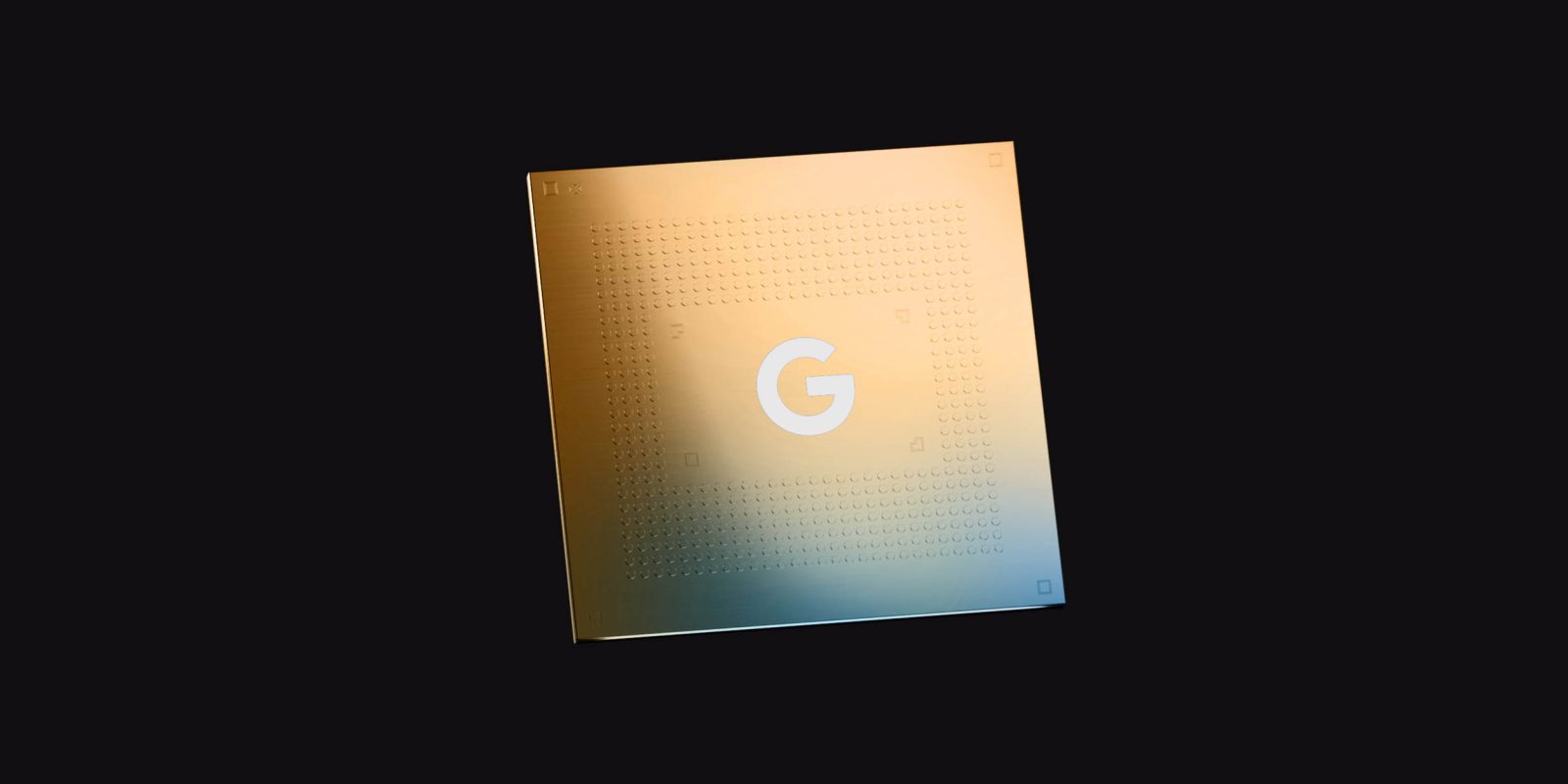
After two generations of the internally developed Tensor processor, just where does Google go from here? Let’s examine just what we would like to see and what this might mean for the wider smartphone space.
The (warranted) complaints about Tensor
One of the biggest and most warranted complaints about the Tensor processor is the lack of power when compared to the likes of Qualcomm, MediaTek, and even Apple’s own A-series processor series.
In all honesty, this is a fair comment and something that does matter when other flagship-level smartphones can offer more readily available system resources to run your favorite apps and games, and do so with better power consumption.
In defense of Google, the first two generations of the Tensor processor can do just about everything you could wish to do on a smartphone. Would it be nice to have some more power overhead? Sure. The first few attempts to create a new chip design and then iterate were always going to be a struggle. Simply putting out a competent chip was the aim and, in that regard, the Tensor and Tensor G2 processors have succeeded.
It’s no great secret that Google prefers to tune and hone the Pixel software experience to get the most from the hardware available. The A-series is a testament to this, while the Pixel 5 felt like an experiment to try and provide a “flagship” level experience without a top-tier system-on-chip (SoC).
As graphical and power demands on Android through games, apps, and camera hardware increase year-over-year, simply tuning the software isn’t going to be enough. A powerful processor is going to be required to get the most from your phone whether the current generation is “enough” for now.
Just how long Google will be happy being behind the industry frontrunners remains to be seen. After all, not every issue can be resolved with a software update.
When will Google truly compete?
You could argue that relying on Samsung Foundry to produce chips for the Pixel series could be holding back Tensor. We know that the Google Tensor processor is technically a deviation (or remix) of the Samsung Exynos series. With Samsung opting to drop their own internally developed chip in favor of the Qualcomm Snapdragon 8 Gen 2 for the S23 series, this means that — potentially — the only flagship-level phones in 2023 using an Exynos-based processor will be the upcoming Pixel 8 series.
If Samsung favors the truly impressive Snapdragon 8 Gen 2, does that mean the Pixel 8 and 8 Pro will fall further behind the competition in terms of sheer grunt? It is certainly unclear at this stage, as we do not know for certain just what the next-generation Tensor processor has to offer. That said, if the recent market share gains are to be believed, making a comparably capable product to the S23 series would no doubt help shift some prospective buyers over to the Pixel line.
Simply treading water and making a chip that is “good enough” won’t be beneficial in the long run. The “average buyer” might not care, but with rumors of more Android OEMs leaving certain global markets, it hands Google an opportunity to make serious inroads with the Pixel lineup. Google Tensor can be at the forefront of this. Devices powered by the processor could simultaneously attract interest from the tech-literate crowd and even those just wanting the best Android phone at the best price. Of course, that relies on Google not only tweaking the processor but increasing global availability.
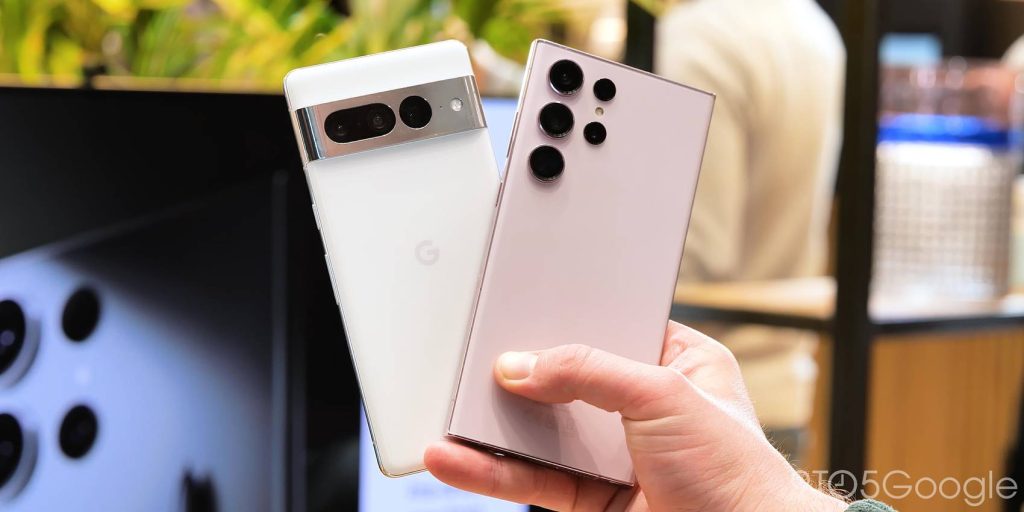
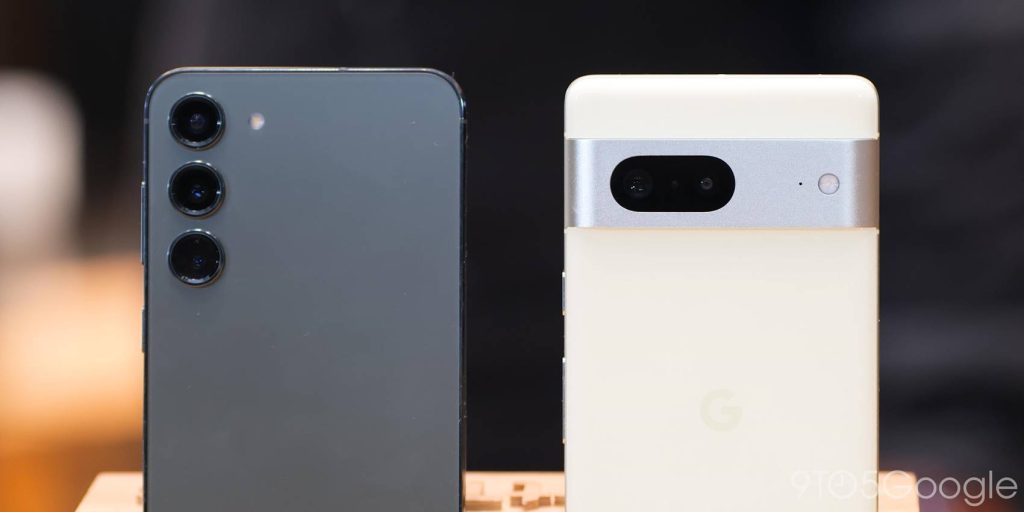
Another important point that might be overlooked is sustainability. This has also been an important focus for many Made by Google products in recent years, from cases and covers to the chassis of the phone you might be using. We see the use of recycled materials and clean energy claims, and while it might not seem important to make Tensor as powerful as possible, doing this actually ensures that device longevity is assured. It’s no good having an environmentally conscious approach only to see phones ditched after a few years because performance is waning. It’s a side note but one that is still important to think about.
While we’d love to see an updated operating system update pledge, especially now that Google is no longer obligated by Qualcomm’s contractual terms – making sure that even five years after launch your Pixel runs smoothly needs to be a continual priority. Ironically, many older Pixels still perform admirably given the important software enhancements for devices even as they age. In the short term, this is a good idea. In the long term, if people hang on to your products because they work as expected for a long period, then brand loyalty almost dictates that you’ll see return customers later down the line.
Understandably, it takes time to design, test, and produce chips at scale. This needs to align with the production cycle of upcoming launches. If we take the first-generation Tensor processor as an example, it was based on the Exynos 2100 used by the Galaxy S21 series. Samsung has not launched an Exynos 2300 chip, so, Tensor G2 is merely an upgraded version of the first-generation SoC.
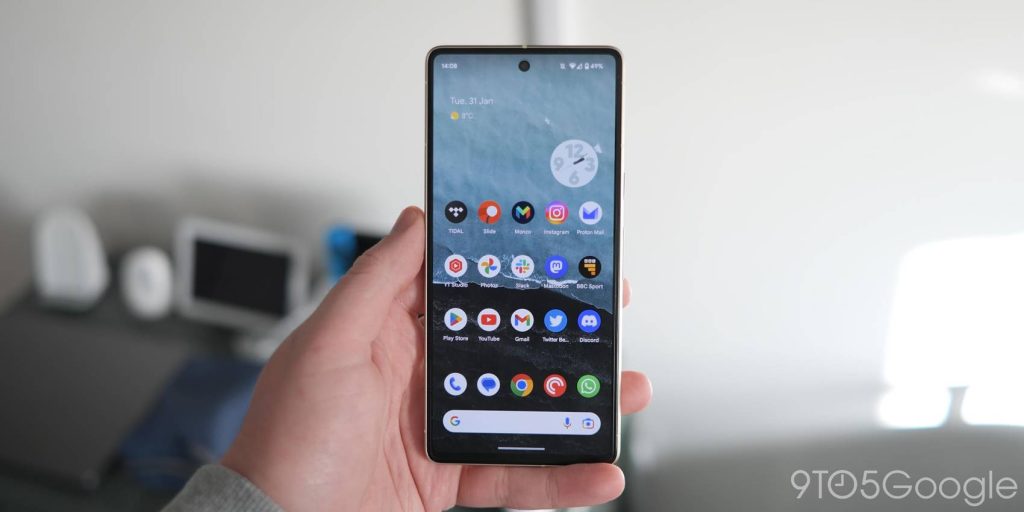
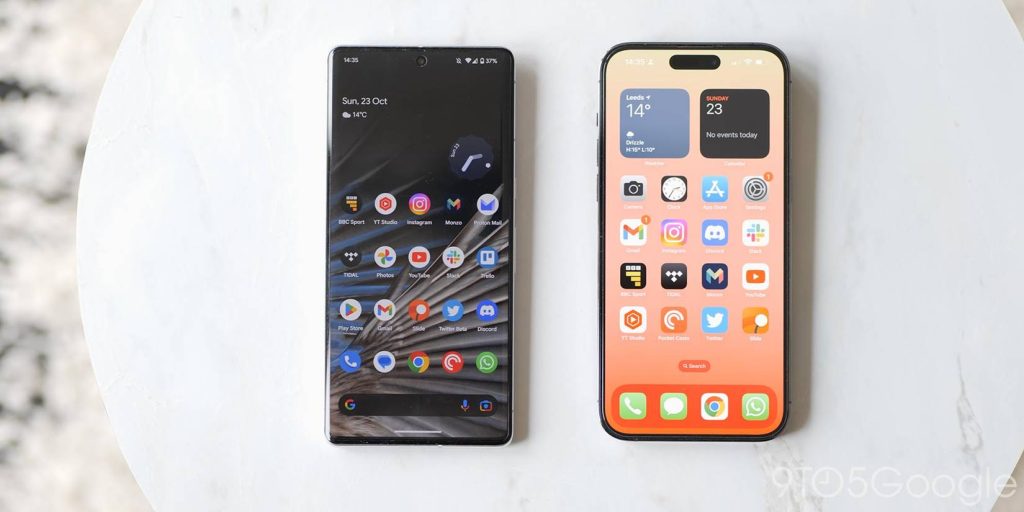
Sure, it offers some enhancements, but there is no quantum leap in efficiency or raw performance. Tensor G3 may provide more gains in all areas. Given Google’s track record of bleeding every drop out of the hardware at hand, it would be disappointing to see yet another minor revision that doesn’t push the needle forward.
We are not expecting huge generational leaps each and every year. That would be unsustainable and infeasible. Although, a big Google Tensor upgrade every two to three years would be a welcome boost for the firm’s flagship smartphone series. If nothing drastic is done, the so-called “flagship” Pixel line featuring Google’s own chip risks unintentionally falling back into the mid-range.
One notable concern is the confirmation from Sundar Pichai that the Tensor processor was four years in the making. We’ve seen Google squander substantial leads in the computation photography space before by failing to move or change the existing formula.
The power of AI
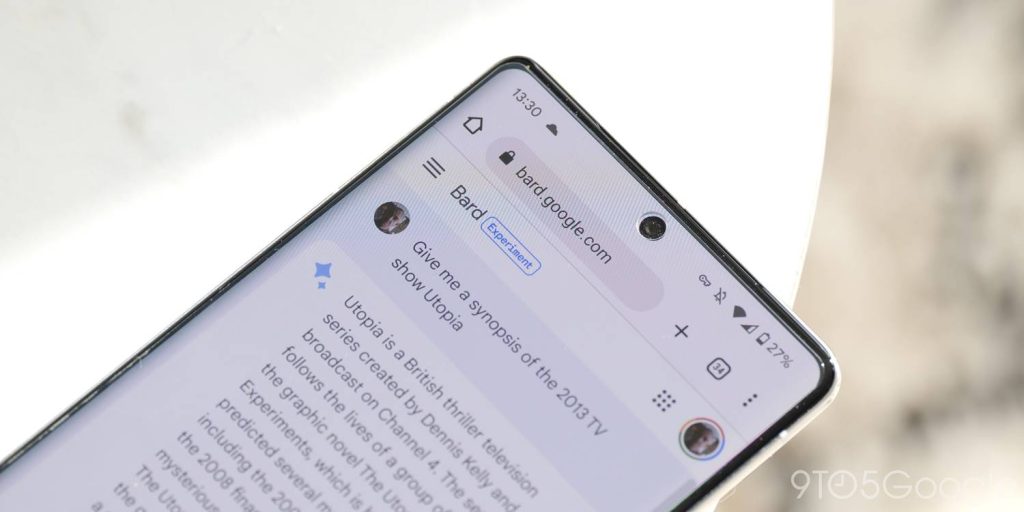
Google has doubled down on using machine learning and AI processing within Tensor (and Pixel) marketing material since the launch of the Pixel 6 series. The original marketing materials tout “state-of-the-art ML models,” which is said to help improve power consumption while allowing for real-time speech recognition without a network connection required.
When these functions debuted, it was not a common feature of smartphones, and the ability to translate text or spoken words in real time is still impressive. However, we’re now seeing the emergence of AI and LLM-powered tools such as Chat-GPT, and even Google has released its own Bard in early access.
What does the future of AI mean for Google Tensor? Could we see LaMDA applications in Pixel and Made by Google hardware? No information has been shared at this stage, but given the focus on machine-learning functionality with the Pixel lineup, it would be an obvious place for Google to implement Bard-like tech.
At this early stage, Google is playing catchup to the competition. However, this only applies to public-facing offerings, and Bard is being pitched as an experimental preview. It might not be perfect, but direct integration with your smartphone could provide some interesting results.
Google AI has been working on Muse and Imagen, which are text-to-image generators. This type of technology could no doubt boost the camera capabilities or improve upon key selling functions such as Magic Eraser or Image Unblur. The applications may be endless, but would it be enough to differentiate when devices like the Galaxy S23 Ultra and iPhone 14 Pro Max can use pure hardware to provide similar effects with raw computing power? That’s a much bigger conversation.
The Google One conundrum
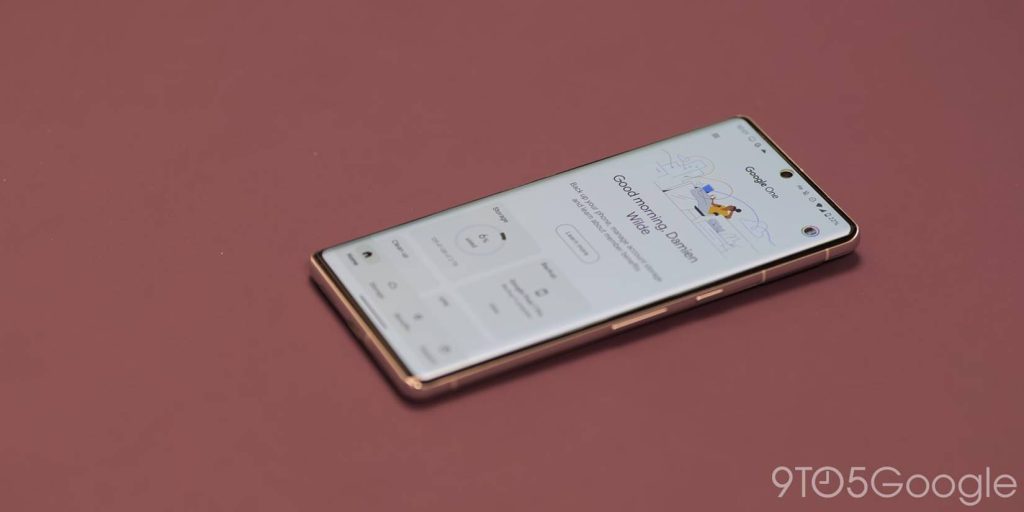
There is one elephant in the room when we discuss Tensor and the supposed benefits to Pixel owners/users: Google One. We’ve seen a number of Pixel-exclusive features move to Google One subscription plans including the VPN service and Magic Eraser.
Paywalling Pixel-exclusive functions behind a Google One subscription tier also undermines the work done to enhance Tensor-based features on first-party smartphones. Why sell the Pixel on promises of unique or “exclusive” options only to allow non-Google smartphone users to access a cloud storage plan?
Google One could almost unravel the Pixel series as a prospective option for many people. If Google continues to add one-time exclusive functionality to even the 100GB tier, then this somewhat hinders the efforts to make Tensor an enticing option for prospective buyers.
Could Tensor be used in more devices?
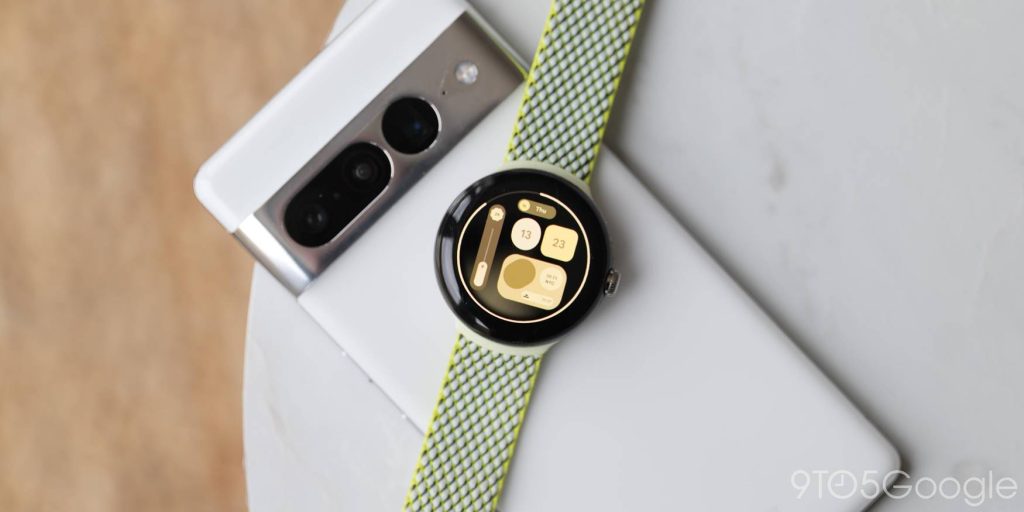

Rumors have swirled around the potential usage of the Tensor lineup in other devices. We know that the upcoming Pixel Tablet will utilize Tensor, but a Chromebook that uses the chipset series would be an interesting prospect. Chromebooks have notoriously lacked power but do have the ability to run Android applications to fill in functionality gaps. With a cross-platform chip, ChromeOS would undoubtedly benefit. Maybe in the future, we’ll even see an upcoming Pixel Watch with Tensor branding.
We’ve recently seen Apple go all-in on the A and M-series chips. These ARM-based processors have evolved to become absolute powerhouses that compete with the biggest and best desktop processors without the associated overheads. That’s not all as these are wholly Apple chipsets that are fully tuned by the Cupertino tech giant in every single product lineup. Some older A-series processors still usurp the best Android chips. That should be the end goal for Google with Tensor, especially if devices like the Pixel A-series will utilize previous-gen processors.
It wouldn’t be a stretch to assume that Google has grand ambitions for Tensor. Be that as a mobile processor or one used in an array of Chromebooks, tablets, smart home tech, wearables, and more. Like Apple, this would be a move to create a more flexible “ecosystem” of products that spans key focus areas. Google likely wants to offer an alternative to those not wanting iOS, MacOS, iPadOS, or even Samsung’s attempts to compete with Apple.
Just where Tensor takes the Pixel series in the short term is undefined. Hopefully starting with the Tensor G3, the Google Pixel series will start an upward trajectory back toward the top of the performance charts. As the Pixel 6 and 7 series have proven, while it might not seem a necessity right now, it certainly will be in the years to come.
FTC: We use income earning auto affiliate links. More.



Comments